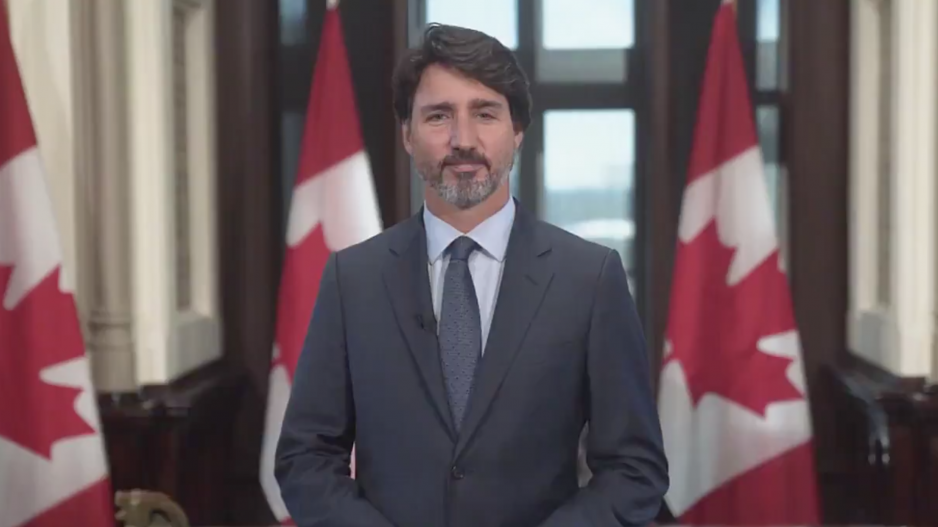Prime Minister Stephen Harper and the Conservative Party trailed the New Democratic Party (NDP) under Tom Mulcair. The Liberal Party with leader Justin Trudeau was in third place, launching its campaign in Vancouver.
As the campaign neared its end, it became clear that the Liberals would have their best result in British Columbia since the original “Trudeaumania” of 1968. The party formed a majority government in Ottawa with the support of more than a third of decided voters in Canada’s westernmost province (35%), a marked improvement from its paltry result in 2011 (13%).
Two years ago, British Columbians were not as kind with the Liberals. The governing party dropped to second place with 26% of all cast ballots, slightly ahead of the New Democrats (24%) but way behind the Conservatives (34%).
At this moment, the decision to call an early federal election appears certain. This past weekend, Research Co. and Glacier Media reviewed the sentiments of British Columbians about the state of affairs in Ottawa. The results show a public that is more supportive of the governing party than two years ago, increased likeability for the leader of the NDP, and severe challenges for the Conservatives and the Green Party.
If the federal election were held tomorrow, 37% of decided voters in British Columbia would cast a ballot for the Liberals. The New Democrats are in second place with 29%, followed by the Conservatives with 23%, the Greens with 8%, the People’s Party with 2% and the Maverick Party with less than 1%.
The results show the governing party connecting remarkably well with voters in Metro Vancouver (40%). The New Democrats can count on the support of 34% of female decided voters, just four points behind the Liberals. For the Conservatives, the situation is dire. In the coveted 55-and-over demographic, the opposition party is practically tied with the Liberals (33% to 35%). The Tories fare poorly with voters aged 35 to 54 (19%) and aged 18 to 34 (16%).
In 2019, the federal Green Party, led by Elizabeth May, received 13% of the vote in British Columbia and won two seats. This time around, the party is at 8%, and has seen the Liberals and New Democrats gaining ground in its stronghold of Vancouver Island.
The management of the COVID-19 pandemic has propelled Trudeau to an approval rating of 51% across British Columbia. NDP leader Jagmeet Singh has slightly higher numbers (53%), but they have not been accompanied by a significant surge in voter support. The emotional connection with voters is lacking for Conservative leader Erin O’Toole (29%) and Green leader Annamie Paul (24%). People’s Party leader Maxime Bernier is at 13%, with Maverick Party leader Jay Hill in single digits (9%).
The issue landscape has not changed dramatically. More than one in four British Columbians (26%) identify housing, homelessness and poverty as the most important issue facing Canada, ahead of the economy and jobs (20%), health care (19%) and the environment (13%).
There are some advantages for the incumbent prime minister. British Columbians currently express a preference for Trudeau to handle issues such as crime and public safety, the economy and jobs, accountability and leadership, foreign affairs and immigration. These are topics where whoever is already the head of government usually holds the upper hand over all other adversaries. On energy and pipelines, the current prime minister is barely ahead of O’Toole.
NDP supporters have reasons to feel confident. Singh is a couple of points ahead of Trudeau on health care but leads by a larger margin on the top issue for British Columbians: housing, homelessness and poverty. The NDP leader’s early success on this file partly explains why he is second to Trudeau on the “Best Prime Minister” question (22% to 33%). O’Toole is in third place with 16%.
Topics like health care and the economy can be expected to dominate the national coverage and take up much of the time in speeches and campaign appearances by leaders. Still, with many British Columbians concerned about housing issues and Trudeau trailing Singh on being regarded as the best person to manage that file, we can expect the local Liberal and New Democratic campaigns to fight it out over policy – especially in Metro Vancouver and Vancouver Island.
The 2015 election outlined the re-emergence of the Liberal Party as a fundamentally urban political force. This year, special attention will have to be paid to the Fraser Valley, an area that abandoned BC Liberal candidates in the 2020 provincial election in favour of BC NDP contenders. Satisfaction with the way the COVID-19 pandemic was managed last year helped the provincial New Democrats win seats.
At this early stage, the federal Liberals are competitive in the Fraser Valley (34%, with the NDP at 32% and the Tories at 25%). Still, the campaign is expected to be different from the “virtual” one that made things remarkably complicated for the BC Liberals last year. The opportunity to actually knock on doors and meet voters face-to-face may help the Conservatives keep the seats they are defending.
Mario Canseco is president of Research Co.
Results are based on an online study conducted from August 7 to August 9, 2021, among 800 adults in British Columbia. The data has been statistically weighted according to Canadian census figures for age, gender and region in British Columbia. The margin of error, which measures sample variability, is plus or minus 3.5 percentage points, 19 times out of 20.



